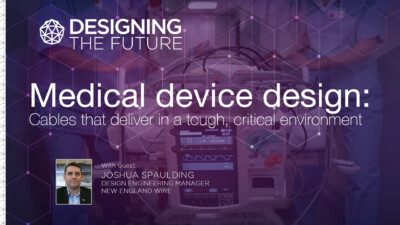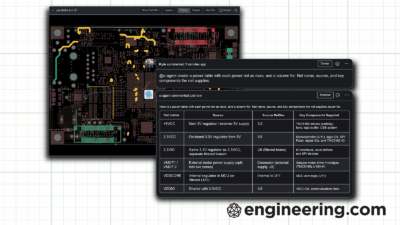Here’s a look at the Honeywell pressure sensor portfolio across healthcare, industrial, and test & measurement.
TTI has sponsored this post.
From compact sensors embedded in wearable medical devices to rugged components installed in oil and gas platforms, pressure sensors must perform reliably across a broad range of conditions. Each application brings its own demands — whether it’s precision in a dialysis machine, resistance to corrosive media in a hydraulic pump or consistent performance across thousands of test cycles in a validation lab.
Honeywell offers a pressure sensing portfolio that spans the full spectrum of use cases. The company supports customers in healthcare, industrial automation, and test and measurement (T&M) by producing sensors that vary widely in form and function.
“Honeywell’s been designing and manufacturing board mount pressure sensors for more than 40 years,” says Simon Anderson, product manager at Honeywell. “We manufacture our own sense dies that are used in our board mount pressure products and our packaged pressure products. Honeywell advanced sensing technology provides industry-leading accuracy and stability.”
The portfolio includes compact board mount sensors used in medical systems and consumer electronics, packaged pressure sensors for industrial systems, and T&M-grade sensors that span ultra-low to extremely high-pressure ranges.
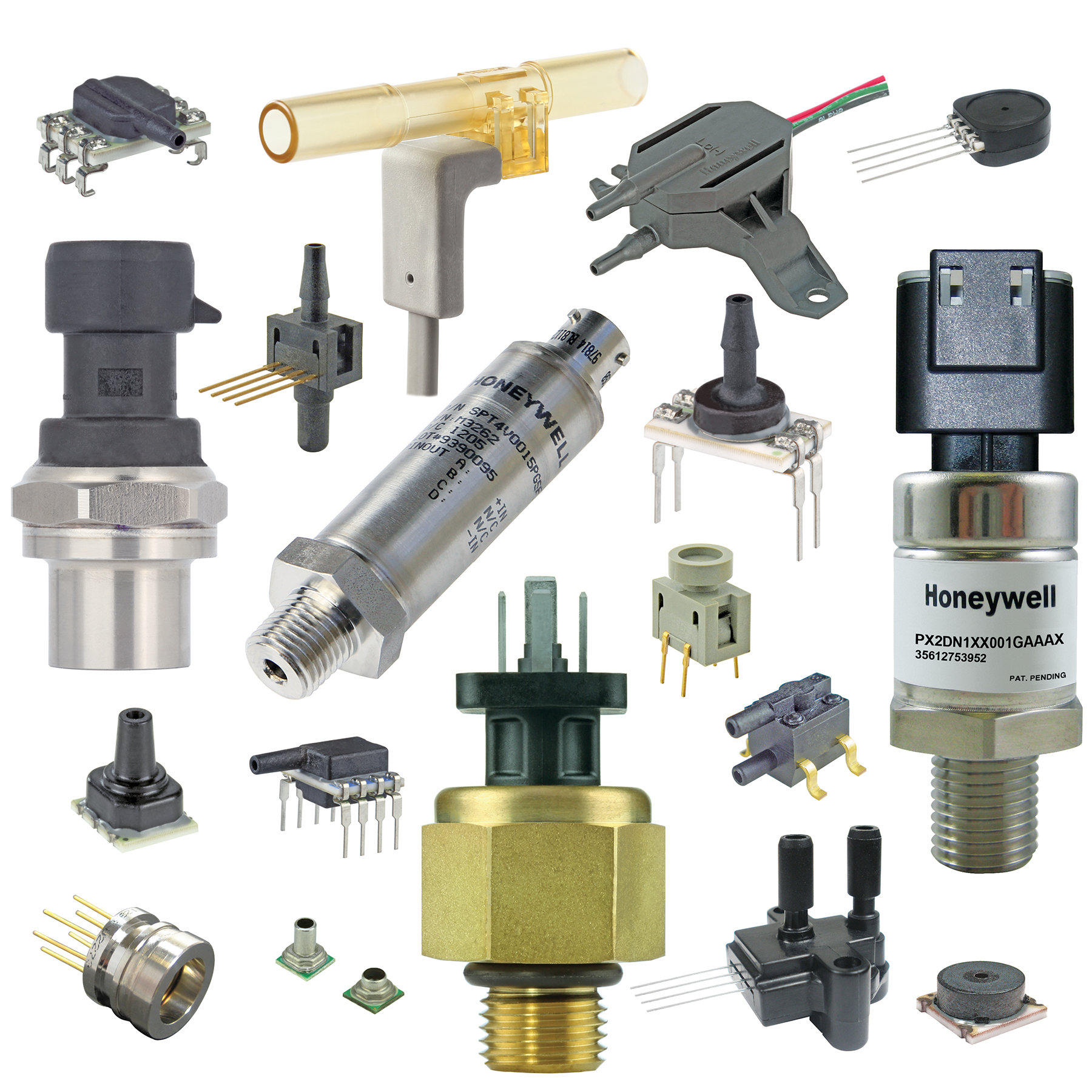
Board mount sensors in healthcare
In healthcare, where equipment often carries a 10-year service life, sensors must maintain accuracy over time. Honeywell TruStability board mount pressure sensors — composed of the RSC, HSC and SSC Series — are engineered to meet these expectations.
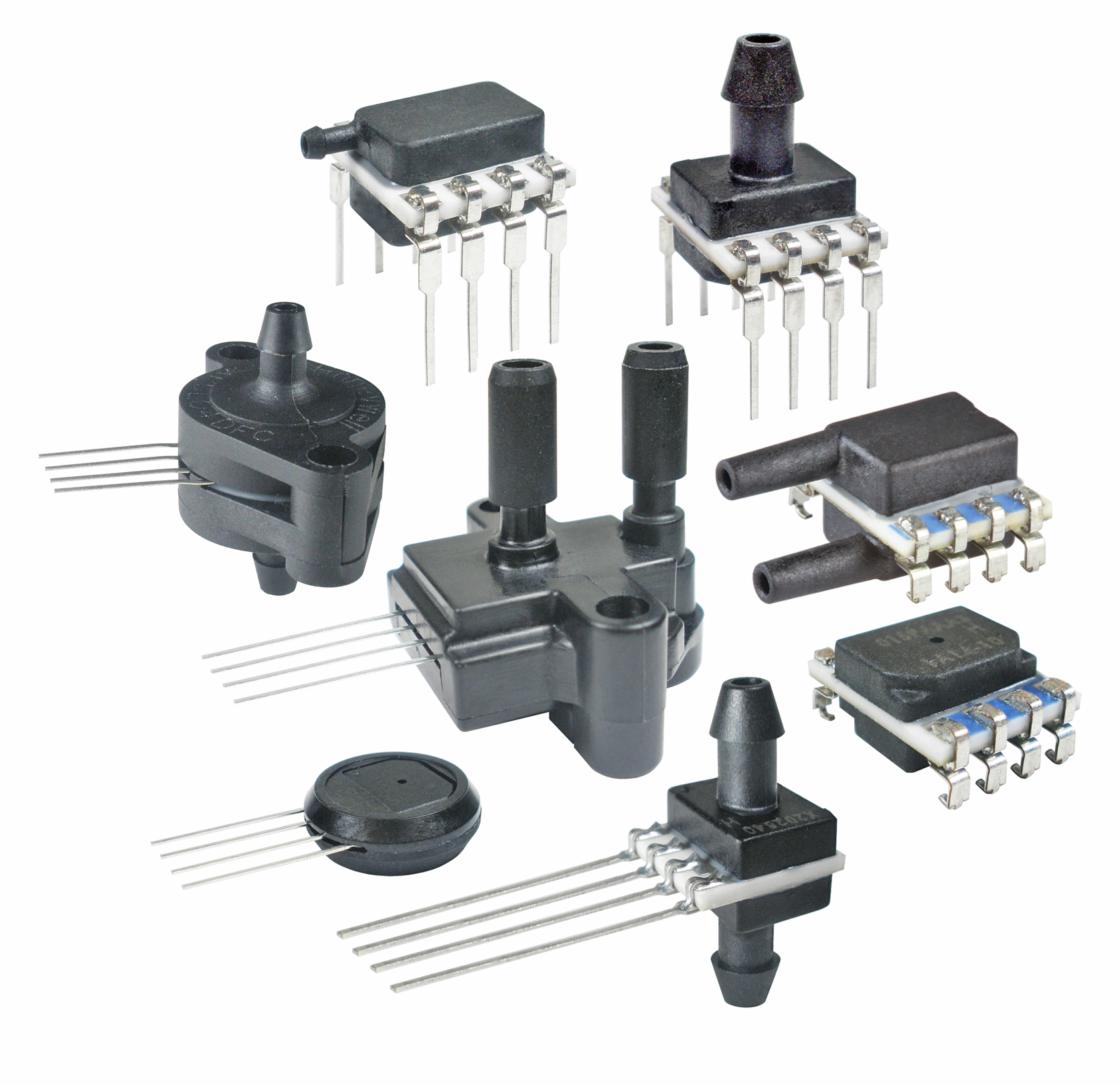
The RSC Series offers the highest level of accuracy and is used in calibration equipment and aerodynamic testing. HSC sensors are temperature-calibrated from 0 to 50°C, making them well suited to critical care systems such as ventilators and dialysis machines. The SSC Series extends the range from -20 to 85°C for broader use in medical and non-medical environments.
“TruStability sensors provide excellent long-term stability, which means our sensors exhibit very low levels of drift,” says Anderson. “This prevents the need for customers to recalibrate equipment and also prevents risky unplanned downtime and reduces service costs.”
For home-care devices such as blood pressure monitors, oxygen concentrators and CPAP systems, Honeywell offers the ABP, ABP2 and MPR Series. These sensors are designed for compact size and cost-effective production in high-volume applications. ABP2 Series also includes extensive media compatibility and optional protective gels for use in applications like emissions monitoring.
To further support medical OEMs, Honeywell provides customization options such as specialized ports and enhanced calibration. These modifications can improve overall system performance while helping manufacturers differentiate and protect their designs.
Packaged pressure sensors in industrial
Industrial systems often require pressure sensors that can operate at higher pressures and withstand exposure to fluids, temperature shifts and mechanical stress. The Honeywell MLH and MIPS product lines offer flexible, durable sensing across a wide range of use cases and environments.
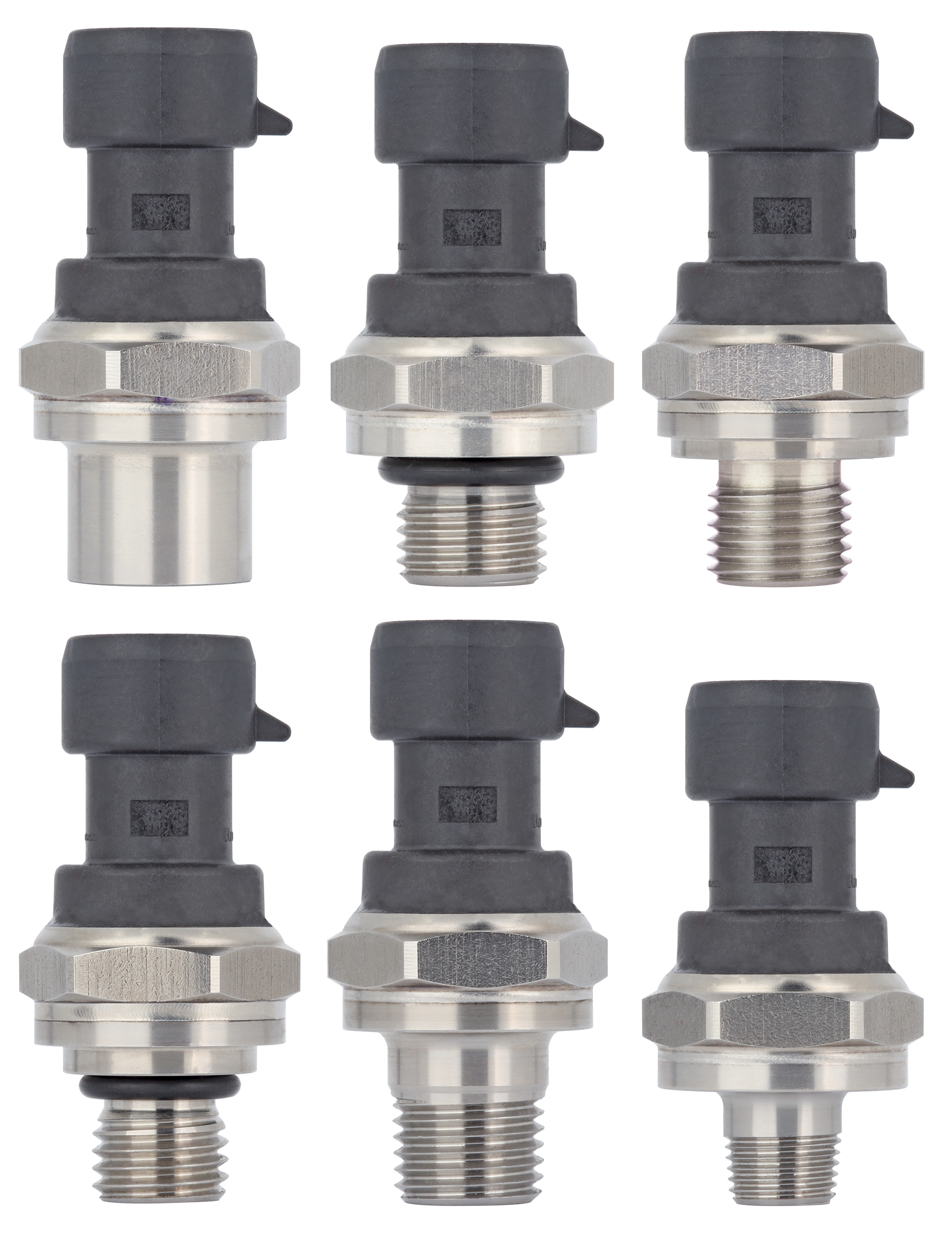
The MLH Series is rated for pressures up to 8,000 PSI and is commonly used in railways, transportation and heavy-duty industrial applications. It supports multiple input voltages and provides both voltage and current outputs for analog systems.
The MIP Series is intended for mid-range pressures, approximately 15 PSI to 1,000 PSI, and is used in HVAC systems, chillers, hydraulic pumps and smart irrigation. It is available in both analog and digital formats, the latter offering reduced power consumption and built-in diagnostic features.
MIPs sensors include a laser-welded, stainless-steel diaphragm and are compatible with common and emerging refrigerants, including R290. This supports long-term sensor performance in systems that involve repeated pressure cycling or exposure to corrosive fluids.
Test & Measurement pressure sensors
Test and measurement environments require sensors that can cover a wide operating range while maintaining consistent performance. The Honeywell T&M portfolio supports measurements from as low as 10 inches of water up to 100,000 PSI, addressing applications across oil and gas, automotive testing and power generation.
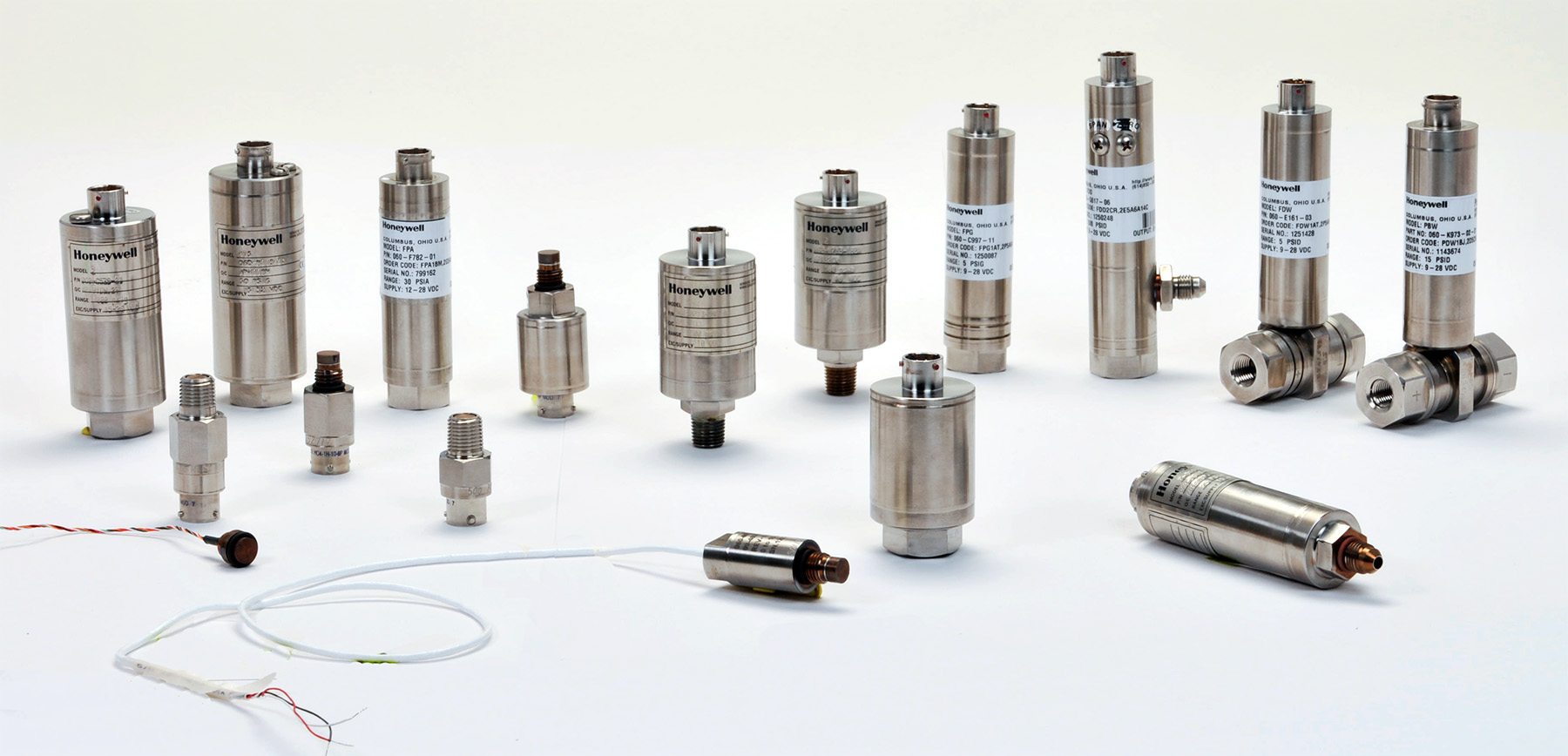
All-metal, hermetically welded construction ensures durability and media isolation, while eliminating exposed adhesives or die-attached materials that could degrade over time. These transducers are used in hydraulic and pneumatic test stands, fluid systems and component validation machinery.
“We have a very competitive total error band that is as low as 0.05%,” says Derek Chung, global product application engineer at Honeywell. “With the laser-welded hermetic joints that are completely media-isolated, they’re very good for corrosion resistance.”
Honeywell T&M pressure transducers are certified for hazardous locations and include diagnostic features. The company also extends these products into OEM applications, including aerospace sectors where long-term measurement accuracy and environmental durability are essential.
Beyond its catalog offerings, Honeywell works closely with OEMs to develop tailored sensing solutions that meet application-specific requirements.
“If you visited the Honeywell website and looked at the sensors, you’ll only see half of what we actually build, because a lot of what we do for customers is create those custom solutions,” says Anderson.
To learn more, visit Honeywell at TTI Inc.

